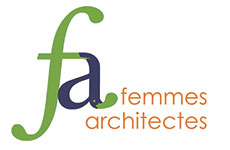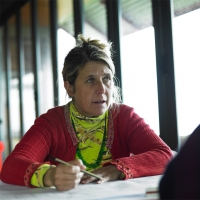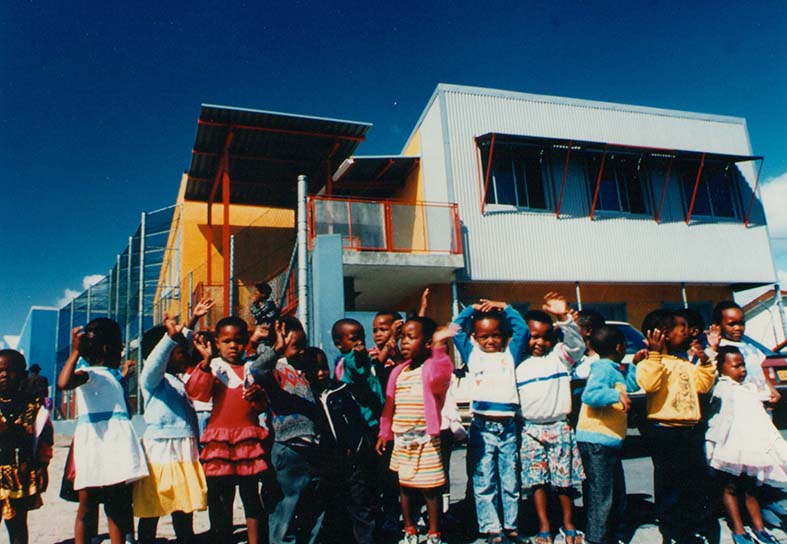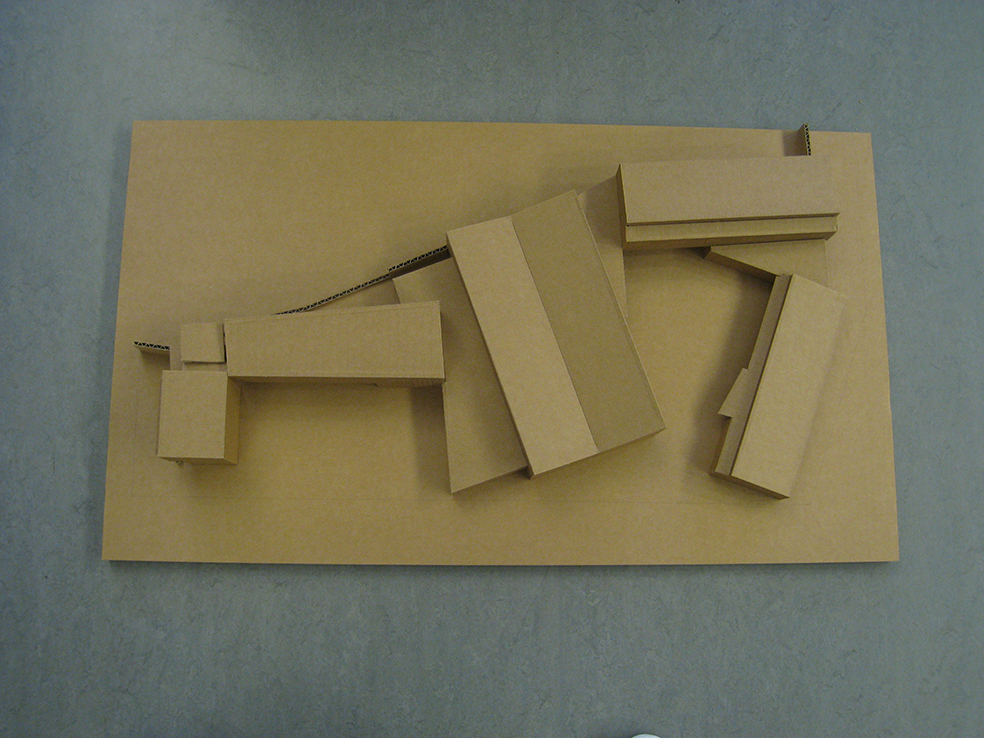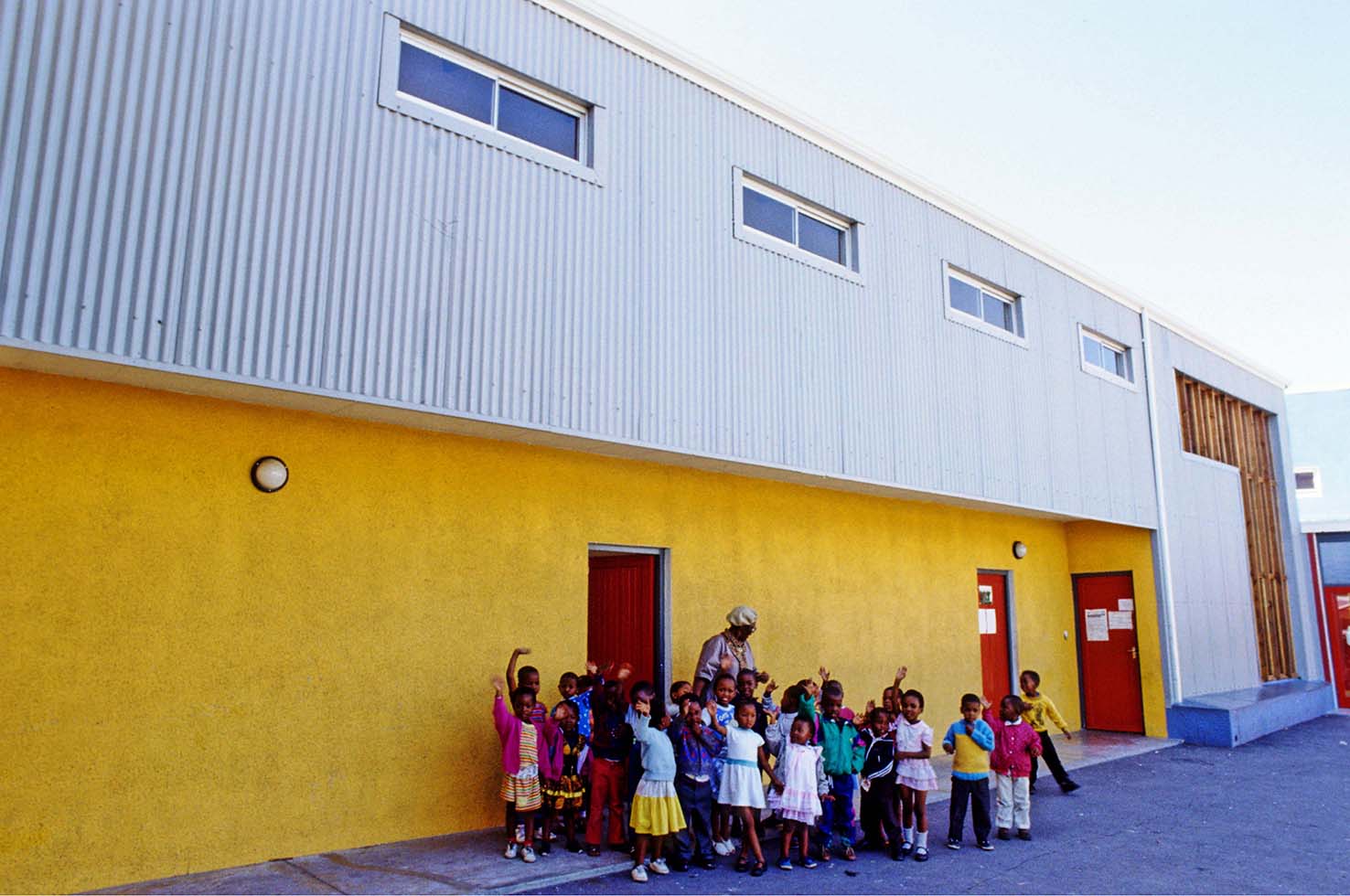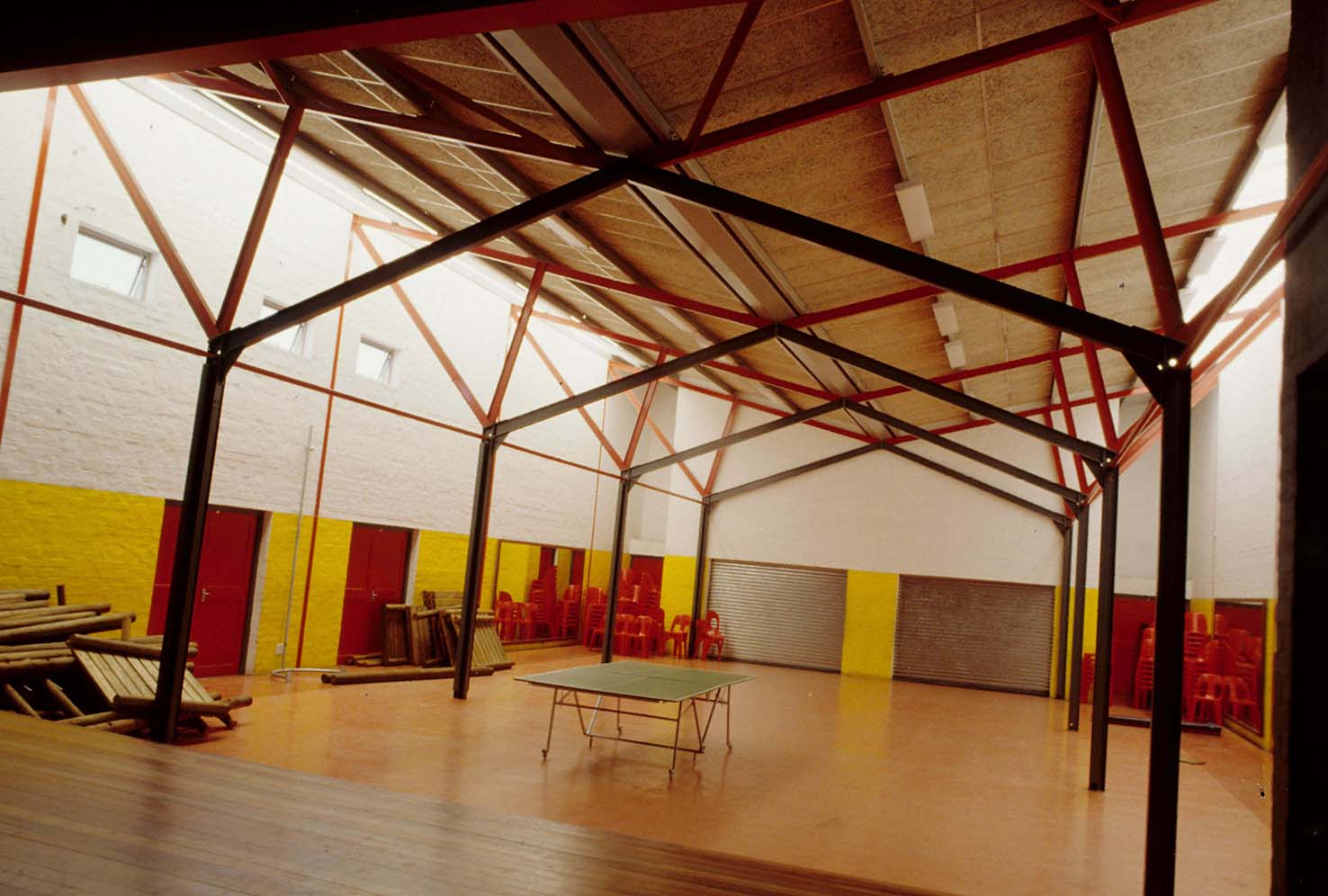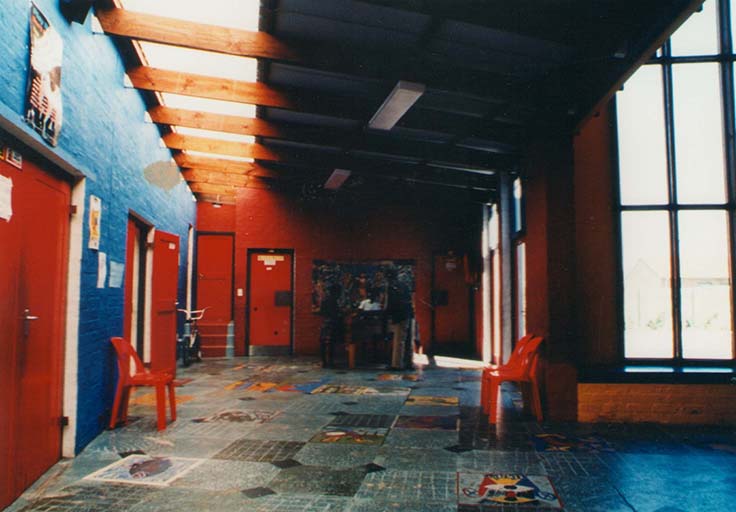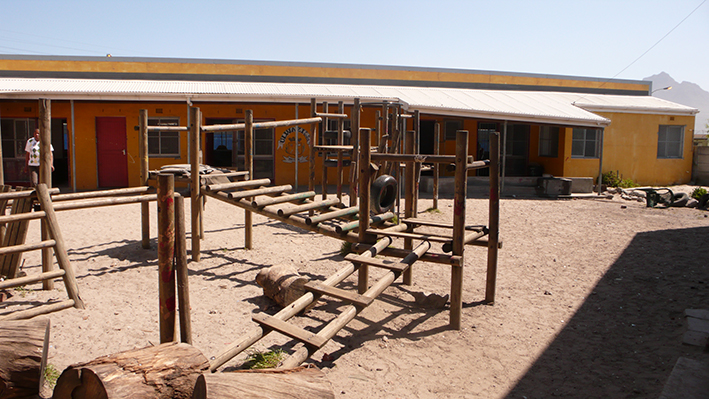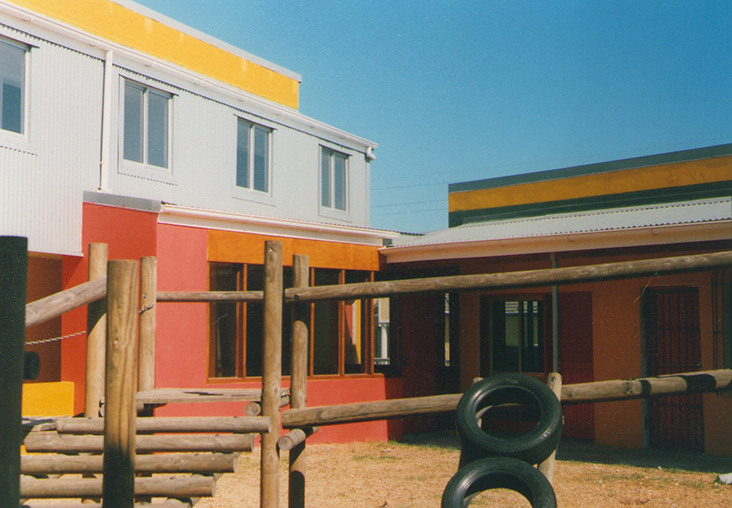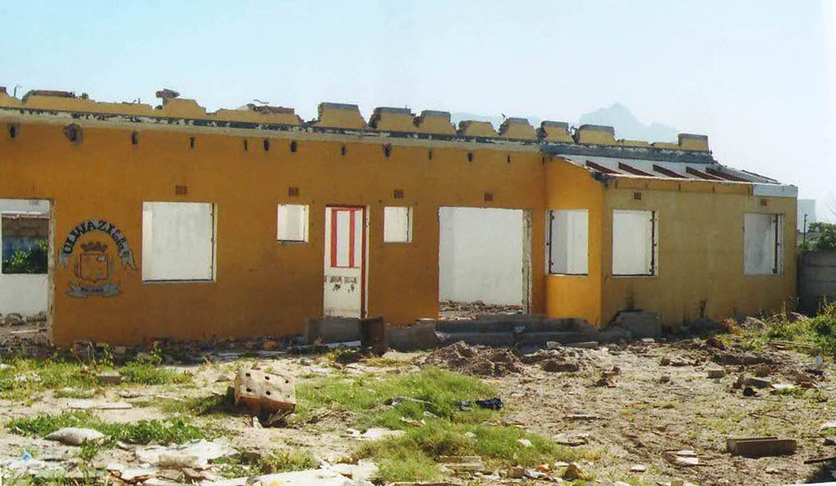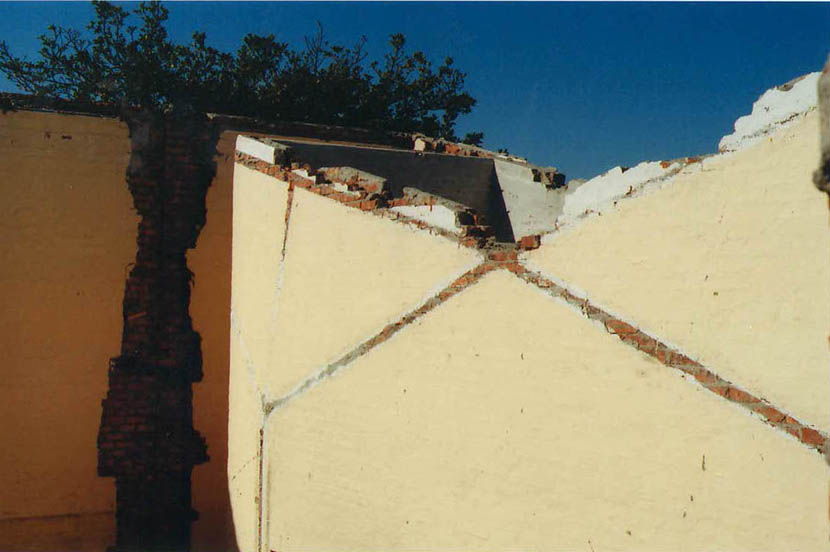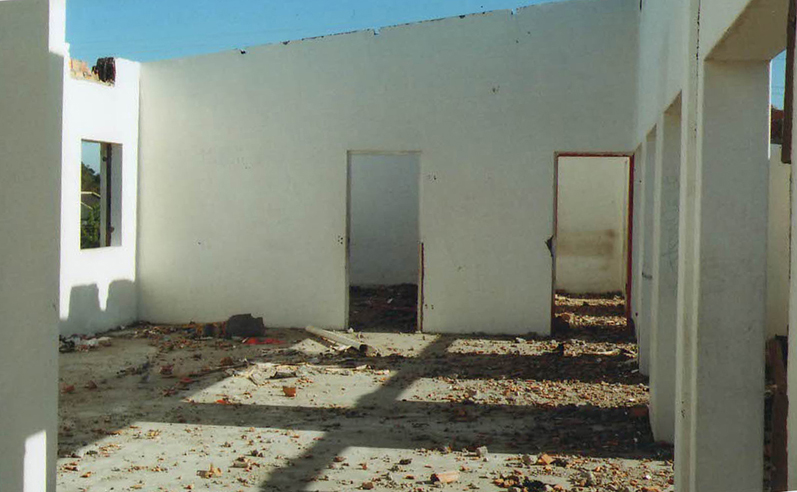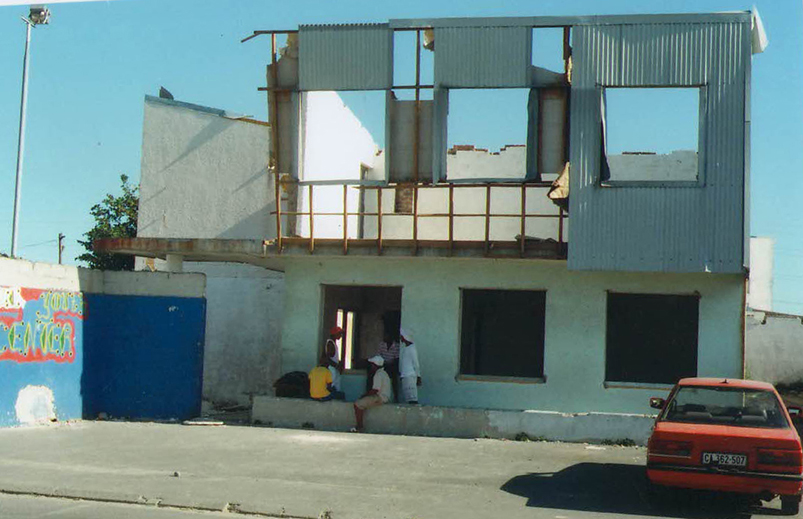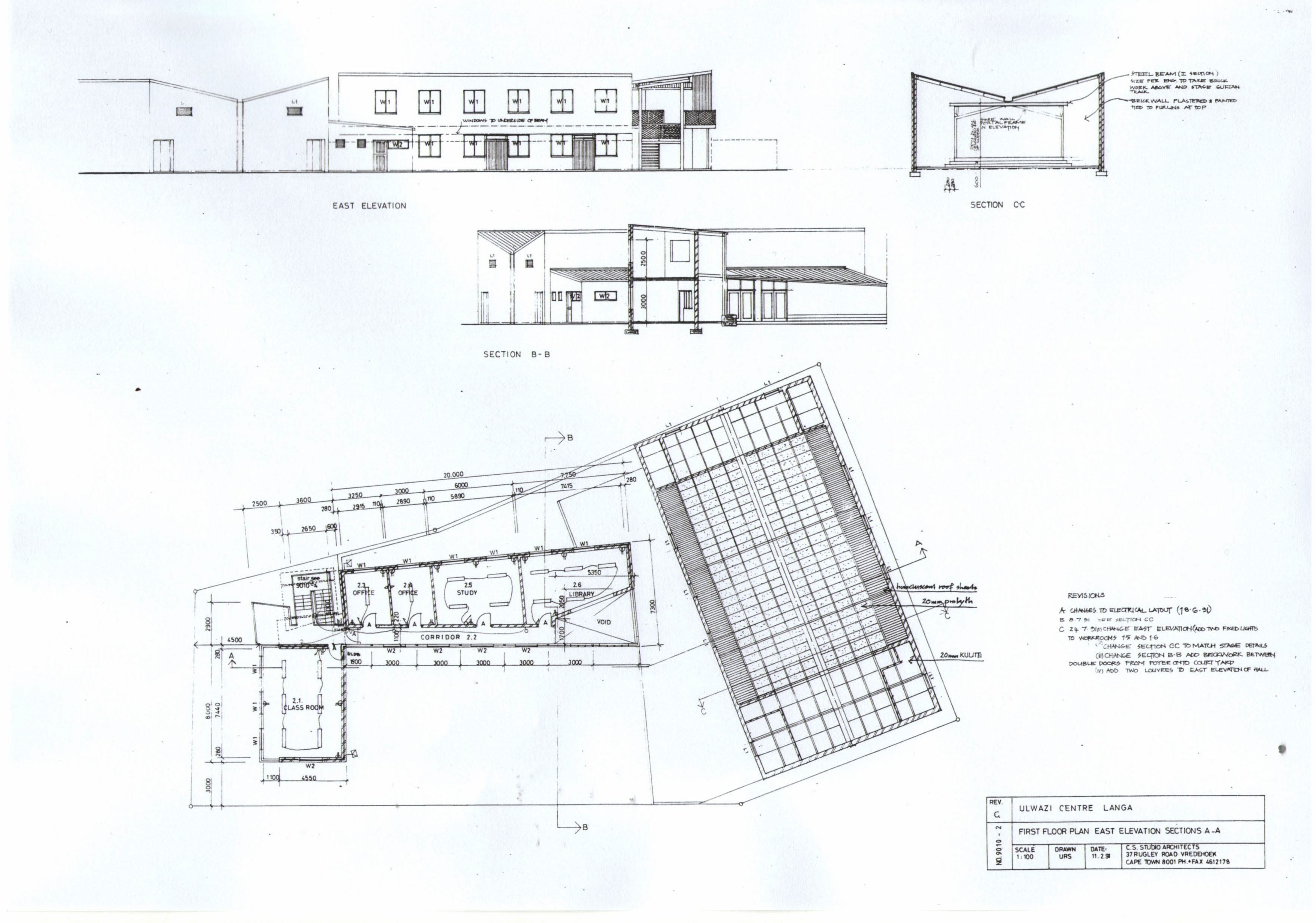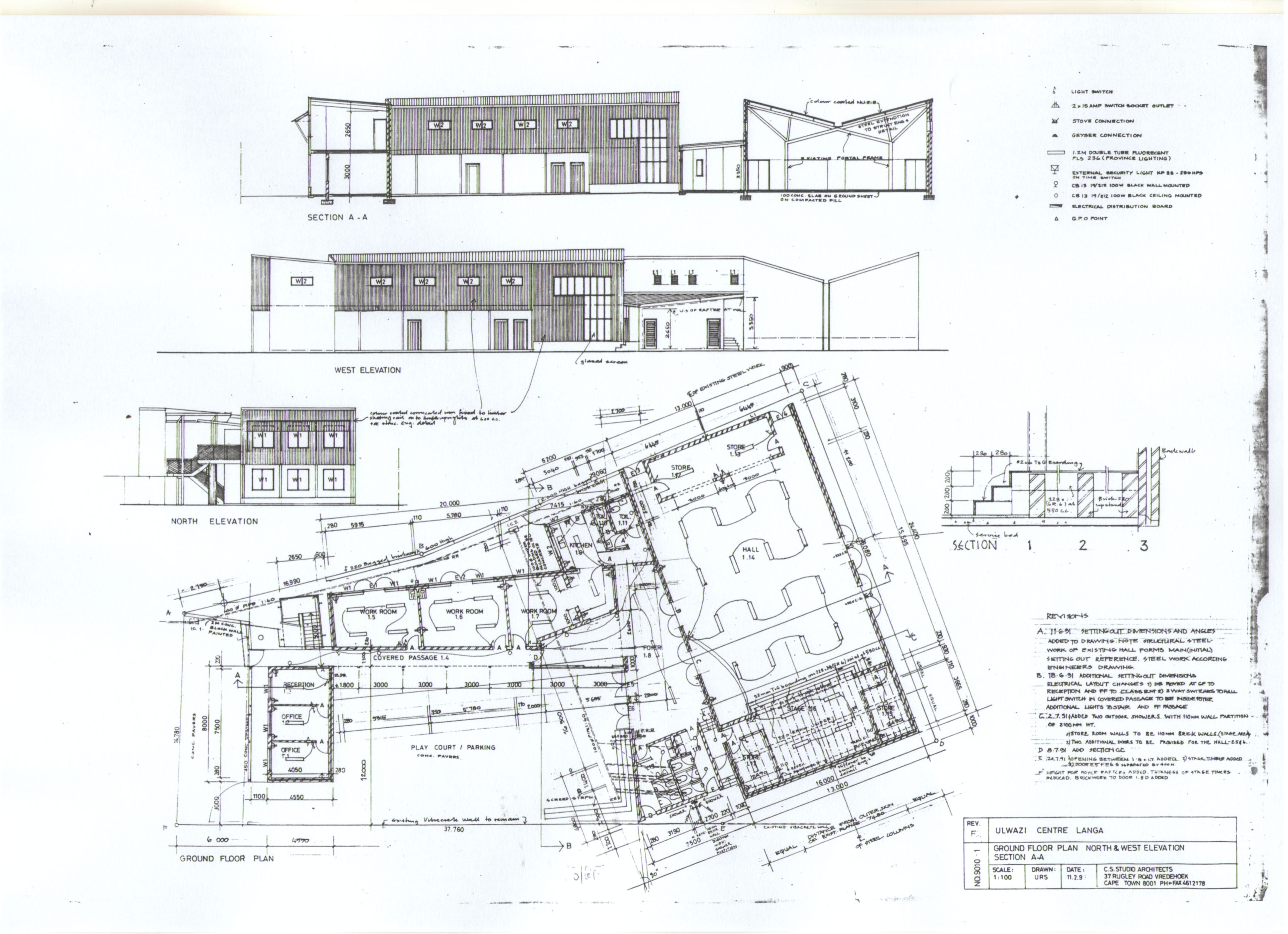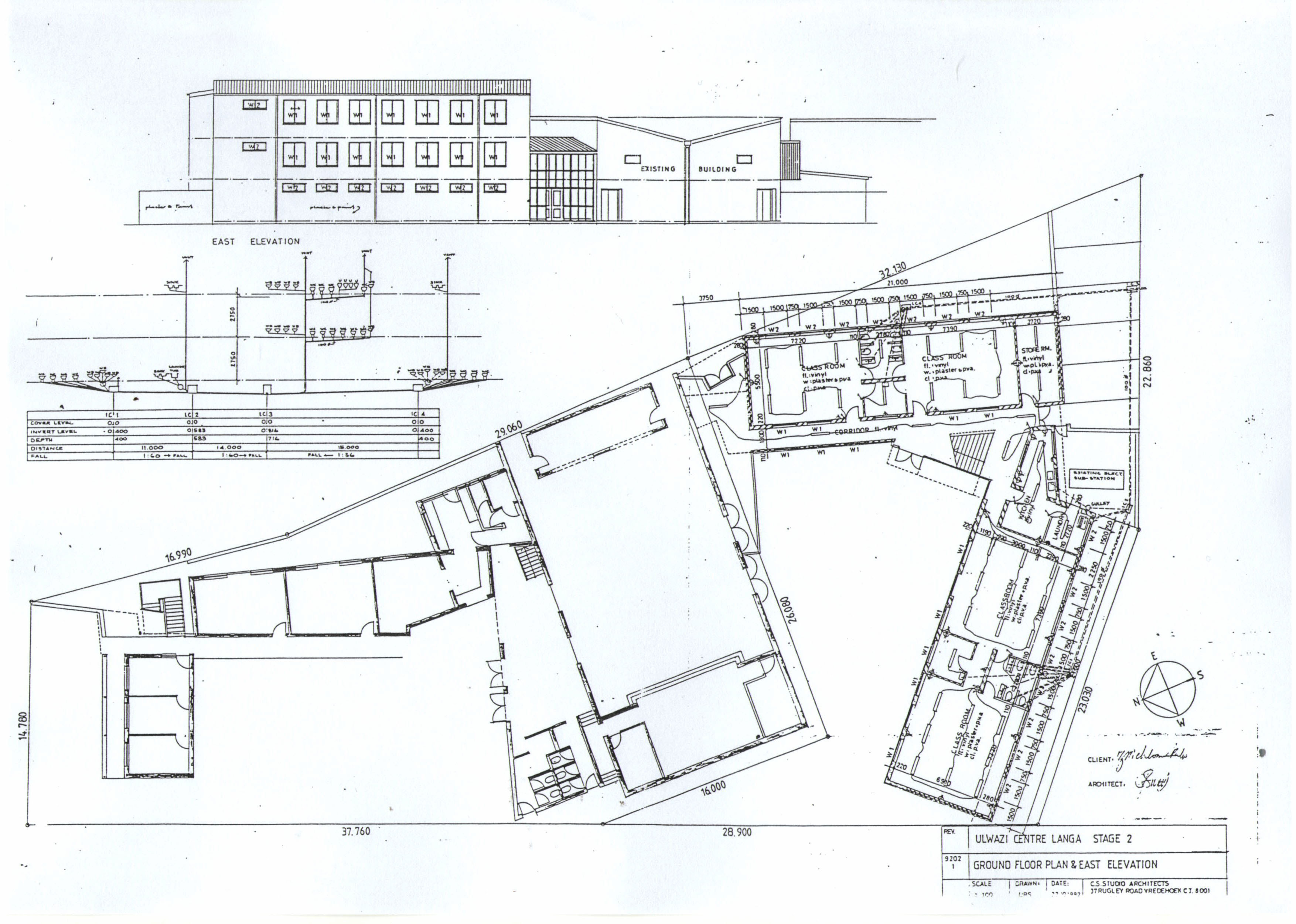Ulwazi Youth Centre
DATE: 1989 - 1998 / 2009
BACKGROUND
Langa, a township notorious for its 1989 youth gang killings and the terrorizing by gangs of its residents has historically been torn apart by political conflict and violence. A community leader Zora Mehlumakulu and some parents contacted us to help find a solution to put an end to the 38 killings that had violently taken place during 1989.
Langa Township was originally established to provide cheap labour for the Western Cape. It consists of mostly single storey small family homes, hostels, and shacks. In some cases up to 24 people share a single room. At the time the conditions were extremely unhealthy with no public facilities for the residents, except at the illegal shebeens (bars) and taverns.
The site is situated in Langa, 10km from the centre of Cape Town CBD. The only site which became available and was accepted by the youth was a small piece of land (1061 square meter) nestled between existing formal housing and hostels. However, the site was relatively far away from taverns and shebeens.
DESIGN
A meeting with community leaders and representatives from various gangs and other youth organizations followed once a meeting was held with concerned adults and parents. It was agreed that a process of weekly meetings with the youth and other interested parties would follow which lead to the preparation of fundraising proposals to build phase 1 of the Ulwazi centre during 1991. Meeting with children and youth were held over a two year period. Within the first three months the killing between the gangs stopped. The ages of these gangs were from 11 to 36 years of age. Their main reason for being in the gang was boredom, poor living and social conditions, We started different activities, drumming, theatre groups, art groups and counselling, while designing the building with them.
The first phase of the building consists of three rectangular elements that are held together by the circulation spaces. The three boxes also form an internal courtyard which is used for parking, playing etc. The main multipurpose hall is the re-cycled hostel where the steel structure was re-used and extended to expand the hall.
Every space is designed to cater for a variety of activities. An outside ‘caged in’ room provides additional accommodation for the classrooms. A second phase at the back of the hall consisting mainly of classrooms, have also been built. This became a pre-school and primary school.
The second phase was completed by a local female contractor and functioned well until recently. The building changed thousands of lives but sadly in November 2009 a gang instigated the demolition of the building.
